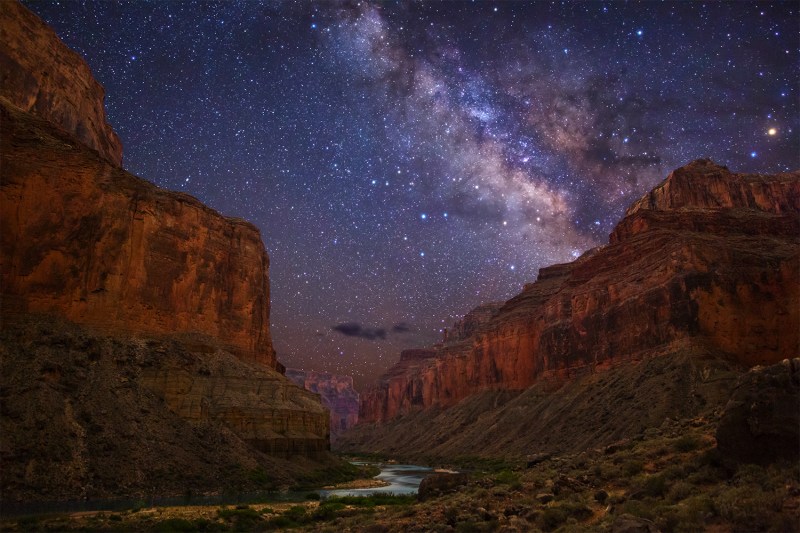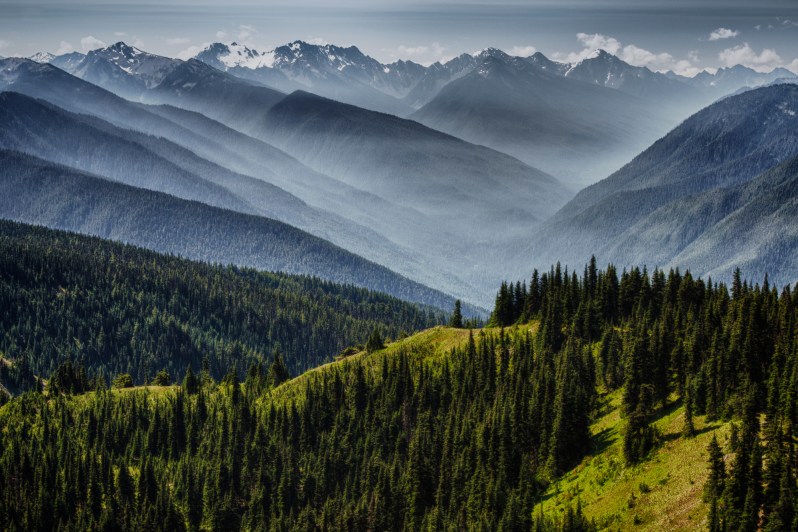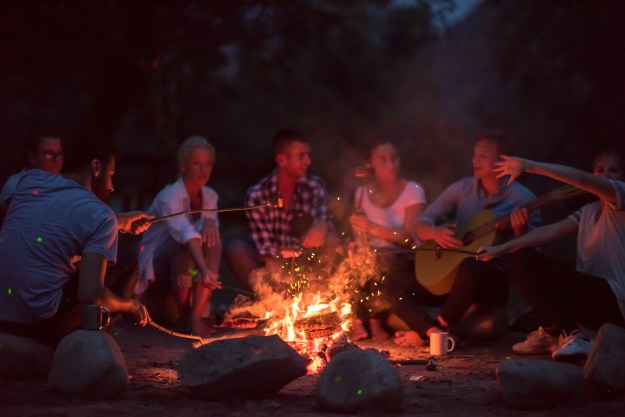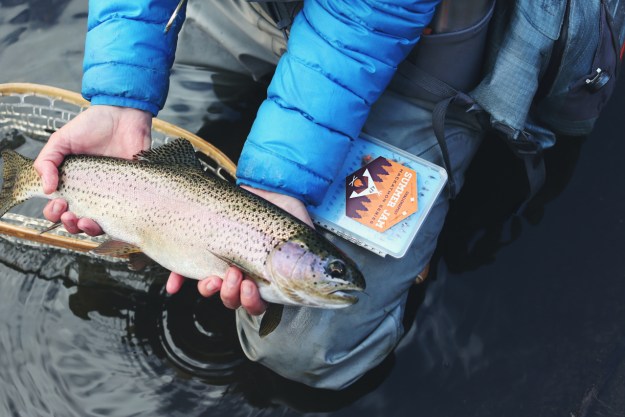Nature has never been more inviting. As we shut ourselves indoors in densely populated areas all over the world, it’s tough not to hear the call of the forest, open ocean, or any undeveloped expanse of land.
While you should, by all means, put on your explorer’s cap and investigate your immediate environment, now is just not the time for extensive outdoors adventuring. I say this hesitantly, as somebody who considers time on a trout-filled river or old-growth trail absolutely essential.
However, at this stage of the still highly contagious pandemic, there’s too much at stake. There are two main arguments for staying within a close perimeter to your home and I find them both pretty persuasive, even if it means staying away from my favorite State and National Parks a bit longer than I’d like.

First, many of the most compelling natural areas are situated in and around small communities. These tiny dots on the map lack the medical resources needed to thwart a COVID-19 surge. When out-of-town adventure seekers show up, they risk spreading the virus to places where the nearest hospital is dozens or even hundreds of miles away and may not even have much in the way of life-saving equipment.
The same goes for the National Parks, where small communities of federal employees and other workers reside, even while the gates are closed. Trekking into such places puts them at risk as the medical resources are limited. Besides, the recent government shutdown and first weeks of the pandemic (when the parks waived entry fees) showed the world that we just can’t be trusted to be sensitive to these lands or keep six feet from each other. It’s ironic and unfortunate that the people so adamantly against shutting down public places — for the greater good, mind you — are the first to defy those guidelines and make things unsafe for the rest of us. It doesn’t help that have a president that’s fueling that very fire, but we’ll save that for a separate essay.
Now is just not the time for extensive outdoors adventuring. I say this hesitantly, as somebody who considers time outdoors absolutely essential.
The second major point is a somewhat romantic one, but attractive all the same. This is a rare, rare opportunity in our lifetimes where Mother Nature simply gets to reset. In the wake of humanity’s unfair treatment of the planet for practically ever, can’t we just sit on the sidelines for a couple of months? No, it’s not going to fix climate change or bring back endangered populations of iconic animals in certain places. However, it will just allow those places to be genuinely wild for a bit.
Picture it as a vacation for grizzly bears, bison, elk, alligators, and bobcats from Olympic National Park to the Everglades. A late Earth Day present for our favorite critters, who for a brief spell get to stroll about our great public lands without worry of being approached, harassed, run over, photographed, etc. It’s all temporary and the gates to these treasured places will open again soon. Perhaps the resident animals will be all the more refreshed when that time comes.

In the meantime, some pretty remarkable things are happening as we mostly stay inside. Air pollution is down in a lot of metro areas, revealing nearby mountaintops that haven’t been seen in ages, not just here but all over the world. Old Faithful is enjoying some quality quiet time. The Grand Canyon has never looked better. And there are more animals than cars in the parking lots of places like the Great Smoky Mountains.
I know how tempting it is to flee to our favorite wild places and absorb an organic environment that continues to do its thing, blissfully unaware of the pandemic that’s got humanity by the nape. But let’s leave those places alone until the curve is in fact flattened. When we do return to the wild, maybe we’ll pack with us a new appreciation of just how vital these places are, joining environmental efforts, donating to noble advocacy groups, and treading lightly when we do adventure.
Can you still explore? Of course you can. But try sticking to your immediate surroundings. If you’re fortunate enough to live in a city with lots of parks or trails, enjoy them while social distancing. If you’re stuck in an urban beehive of sorts, savor a good rooftop breath of fresh air or find a new favorite tree in the neighborhood. Start identifying birds and bugs. Go for the occasional drive but maybe just look out the window or get out infrequently, being mindful of others. Travel the country’s most rugged zones digitally.
If we do things properly right now, we’ll be able to enjoy these sacred places fully sooner rather than later.


